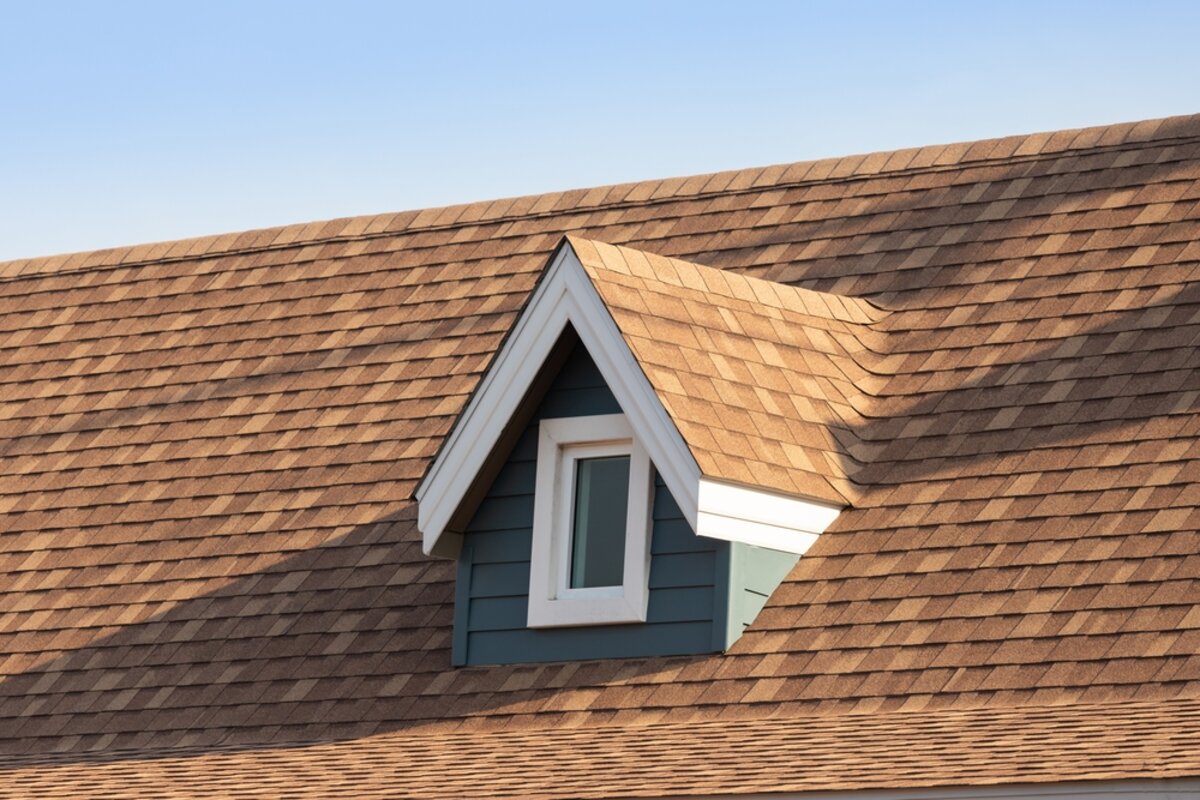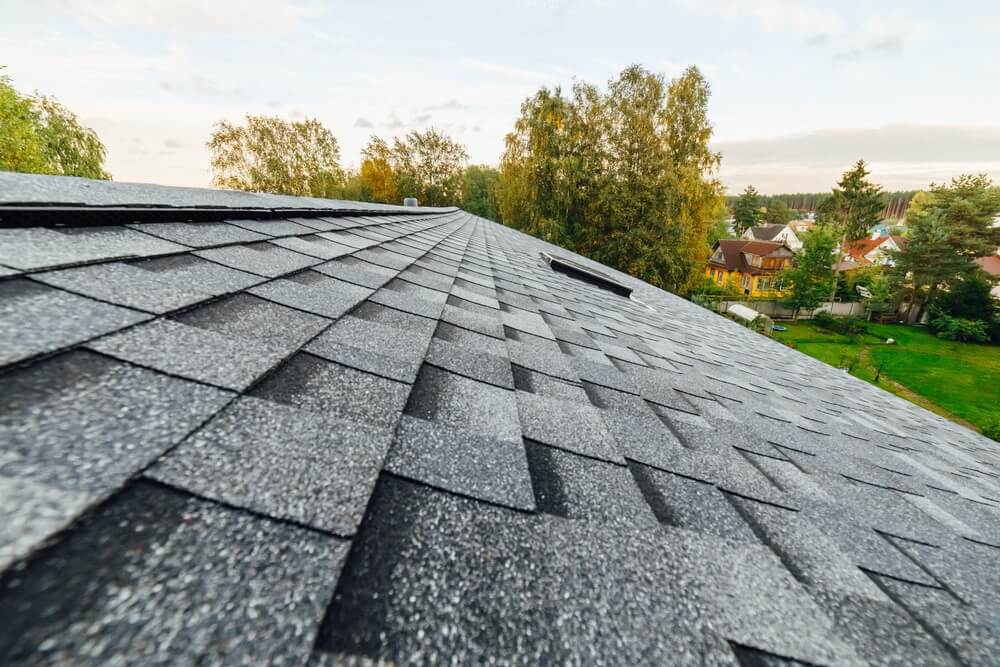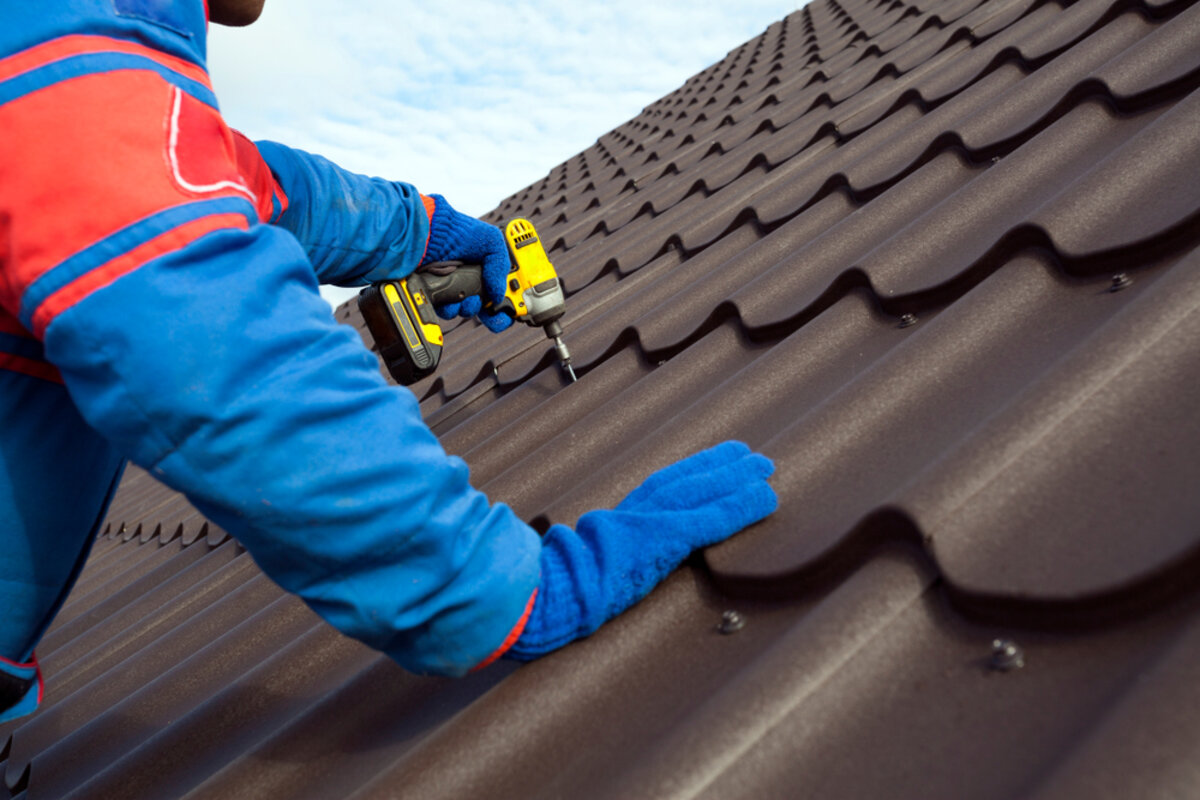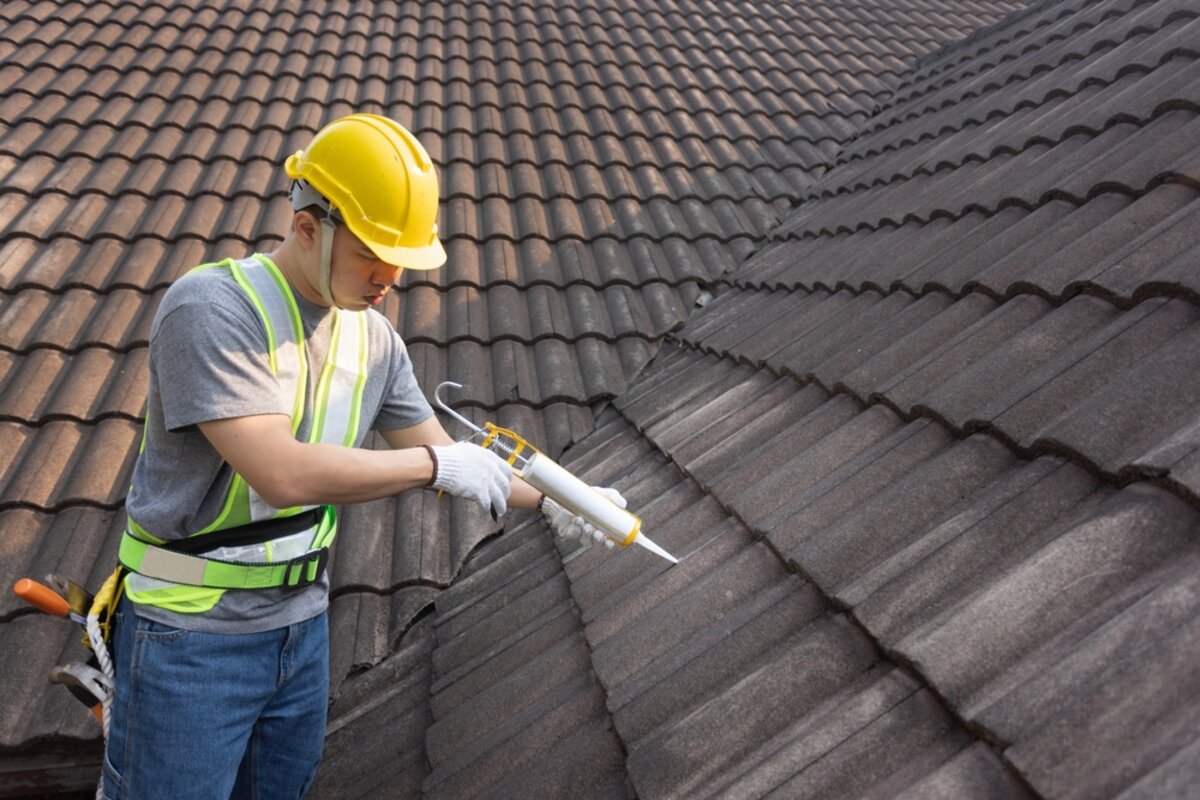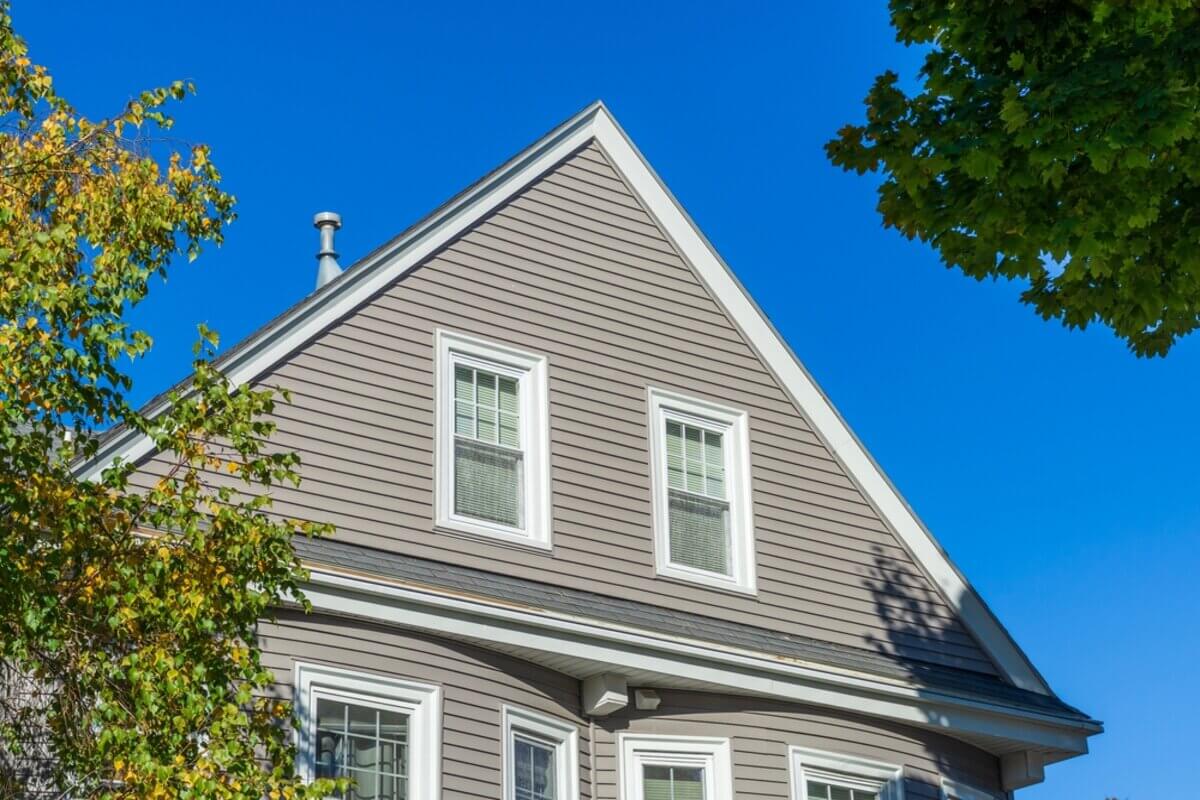When it comes to renovating or repairing your roof, one question that often arises is if you can install new shingles over old ones. It seems like a convenient solution to avoid the hassle and cost of removing the existing shingles, but is it a viable option? Let’s explore this topic further.
So, Can You Lay New Shingles Over Old Ones?
Yes, it is possible to lay new shingles over old ones in certain situations. This method is known as a “re-roof” or “roof overlay.” It involves installing a new layer of shingles directly on top of the existing ones without removing them.
Considerations Before Opting for a Re-Roof
Before making the decision to lay new shingles over existing ones, it’s important to take into account a variety of factors that can significantly impact the success and longevity of your roof renovation project.
Condition of the Existing Shingles
The condition of the existing shingles is crucial. If they are severely damaged, curled, or buckled, it’s not advisable to install new shingles over them. Doing so may result in an uneven surface and compromise the integrity of the new roof.
Weight Concerns
When opting to add another layer of shingles atop your existing ones, it’s crucial to recognize that this action introduces an additional load to your roof structure. This increased weight necessitates a thorough assessment to confirm that your roof’s framework possesses the necessary strength and resilience to accommodate the augmented burden without compromising its structural integrity or risking potential issues down the line. Thus, a comprehensive evaluation of your roof’s capacity to bear this added weight is essential prior to proceeding with the installation of new shingles over old ones.
Building Codes and Regulations
Before starting a re-roofing project, it’s important to conduct a thorough review of the building codes and regulations applicable to your locality. These regulations vary significantly from one jurisdiction to another, with some areas outright prohibiting the practice of installing new shingles over old ones. Additionally, specific mandates may exist regarding the maximum number of layers permitted on a roof, necessitating compliance to ensure adherence to legal standards and prevent potential complications during inspection or resale processes. Thus, consulting with local authorities and familiarizing oneself with the prevailing regulations is indispensable for ensuring the legality and compliance of your roofing project.
Warranty Considerations
When contemplating laying new shingles over old ones, it’s vital to recognize that this choice could void the warranty offered by the shingle manufacturer. Reviewing the warranty terms and consulting with a professional roofer can help clarify any potential implications.
Potential Drawbacks of Laying New Shingles Over Old Ones
While laying new shingles over old ones may seem like a convenient option, there are potential drawbacks to consider:
Reduced Roof Lifespan
Adding another layer of shingles can shorten the lifespan of your roof. The additional weight and heat retention may accelerate wear and tear, leading to premature deterioration.
Concealed Damage
Installing new shingles over old ones can conceal underlying issues such as water damage, rot, or mold. Failure to address these issues can worsen over time and result in costly repairs down the line.
In Summary
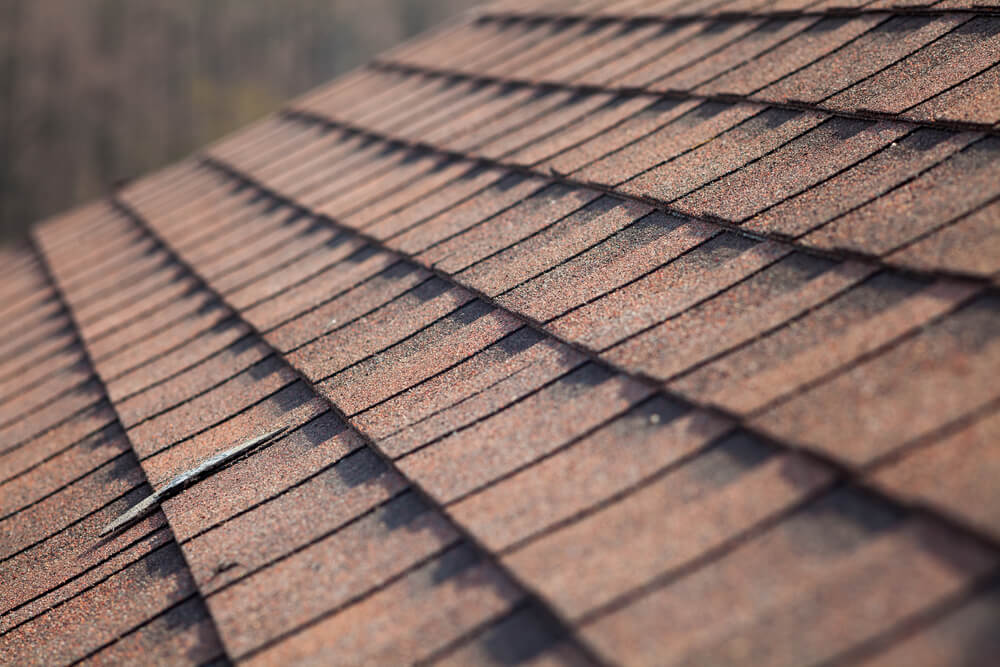
While it is possible to lay new shingles over old ones, it’s essential to weigh the pros and cons carefully. Assess the condition of the existing shingles, consider structural implications, and consult with a professional roofer before making a decision. While a re-roof may offer short-term convenience, it’s essential to prioritize the long-term integrity and durability of your roof.
So, can you lay new shingles over old ones? Yes, but proceed with caution and ensure it’s the right choice for your specific circumstances. Contact Perfect Exteriors today for professional advice on whether laying new shingles over old ones is the right solution for your home.

